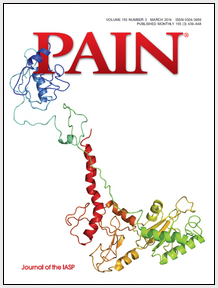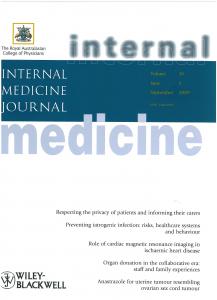
“Cannabinoids may hold potential for the management of rheumatic pain.
Arthritis, often self-reported, is commonly cited as the reason for the use of medicinal herbal cannabis (marijuana). We have examined the prevalence of marijuana use among 1000 consecutive rheumatology patients with a rheumatologist-confirmed diagnosis and compared in an exploratory manner the clinical characteristics of medicinal users and nonusers.
Current marijuana use, medicinal or recreational, was reported by 38 patients (3.8%; 95% CI: 2.8-5.2). Ever use of marijuana for medical purposes was reported by 4.3% (95% CI: 3.2-5.7), with 28 (2.8%; 95% CI: 1.9-4.0) reporting current medicinal use. Current medicinal users had a spectrum of rheumatic conditions, with over half diagnosed with osteoarthritis. Medicinal users were younger, more likely unemployed or disabled, and reported poorer global health. Pain report and opioid use was greater for users, but they had similar physician global assessment of disease status compared with nonusers.
Medicinal users were more likely previous recreational users, with approximately 40% reporting concurrent recreational use. Therefore, less than 3% of rheumatology patients reported current use of medicinal marijuana. This low rate of use in patients with a rheumatologist-confirmed diagnosis is in stark contrast to the high rates of severe arthritis frequently reported by medicinal marijuana users, especially in Canada. Familiarity with marijuana as a recreational product may explain use for some as disease status was similar for both groups.”









